American Controversy over German Sheep Herding
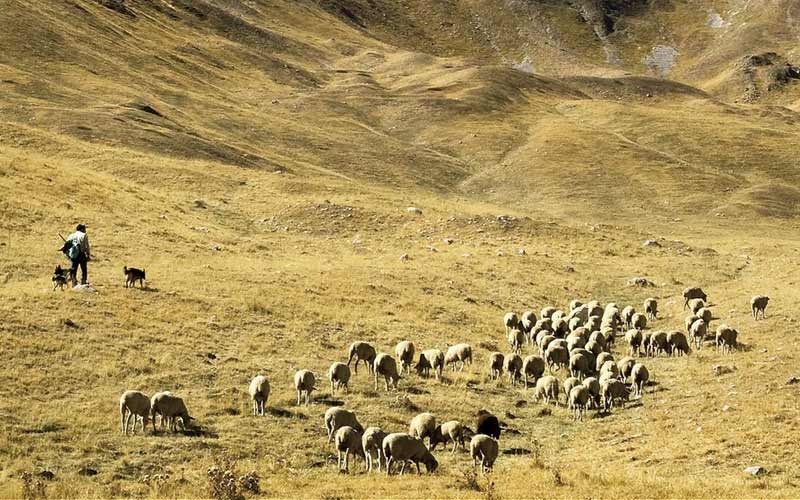
Over the past several years there has been a growing interest in a new form of sheep dog training called the "Tending Style" or the HGH. In this work, German Shepherd dogs are used to herd sheep.
There is a controversy that has developed over the dog's biting sheep. I would like to express my viewpoint on this subject which I happen to share with Karl Fuller and the SV in Germany.
To better understand the necessity of the sheep occasionally getting bit, you have to understand the origins and purpose of the work.
The Tending Style was developed in Germany and other European countries where there are few fences. Shepherds allowed their sheep to graze one pasture while keeping the flock out of the field next door.
We Americans are more familiar with the work that Border Collies do. This work with Collies was developed in countries where the sheep were kept in fenced pastures or unattended in very large open meadows. When the shepherds needed to gather their sheep, they would send Collies out to round the sheep up and drive the flock to where the shepherd wanted them to go.
Unlike work with Collies, German Shepherds never gather sheep into a flock. They never use what is called the "EYE" to control sheep and they are never used to cut sheep out of a flock.
In the Tending style, the sheep are trained to come to the shepherd when he calls them. The sheep are trained to follow the shepherd when he leads the flock to a new pasture. The dogs only role is to act as a LIVING FENCE and a Policeman to keep the sheep within the borders that the shepherd establishes.
It is not easy for one or two dogs to control a large flock of sheep. In Germany, the flocks I watched averaged between 300 and 800 sheep. The dogs are expected to keep these sheep out of vegetable gardens and fields of fresh plants as the flock passes by or grazes next door. This is a difficult thing to do if the sheep have had nothing to eat all night or if they have been eating dry stubble for the past two hours. The dog's only means of maintaining control is through gripping or biting the sheep.
This gripping is what some people are complaining about. What they don't understand is just how stubborn sheep can be and that the shepherd is going to have to pay for the damage his flock causes if it gets into a field that it is not supposed to be in. It doesn't take long for 300 sheep to do a great deal of damage.
The dogs are trained to only bite the wooly part of a sheep's body. They get strong corrections for biting legs or heads and for shaking their head when they bite. I just finished producing a training video with Karl Fuller in Germany. Karl has won the HGH National competition 7 times. In all the time I spent in the fields with Karl and his dog's, I never saw a dog seriously hurt a sheep.
A dog that isn't allowed to grip properly is like a policeman without handcuffs. He has no authority and no one is going to listen to him. A perfect example of this was seen during the production of my training video. I saw American dogs that had been discouraged from gripping. The handlers of these dogs had a great deal of trouble controlling the flock. When those dogs were replaced with ones that gripped properly, the sheep had a dramatic turnaround and began to stay within their borders.
In 1985, I made a mistake when I included a statement in my documentary video on the HGH Nationals in Germany. I had been told (I now believe by a drunken shepherd) that a good dog would kill at least one sheep every year. This has turned out to be totally wrong and misleading. I regret the statement because I have heard it repeated again and again over the years. It simply was not true.
I have spent a considerable amount of time with Karl Fuller. Karl is a full-time shepherd who works 800 sheep every day with 2 or 3 German Shepherds. His dogs are excellent grippers. I never saw his dogs bite a lamb. Time and time again, I would see several lambs and one or two adults cross a boundary. Karl's dogs would move these individuals back into the flock and selectively grip an adult while ignoring a lamb that was further out in the wrong field. I found this very interesting. When I asked Karl about it, he said that this was a genetic instinct.
Karl and I discussed this fear of gripping that some people in the states have. Karl said that if the preliminary training is done properly there will be less gripping but to try and eliminate it would result in the failure of the program. As I have watched dog's progress through training, it has turned out to be true.
The AKC is going to begin sanctioning trials this fall on the Tending Style. I hope they don't make a mistake and discourage the gripping to the point that they lose the essence of what this work is designed to do.




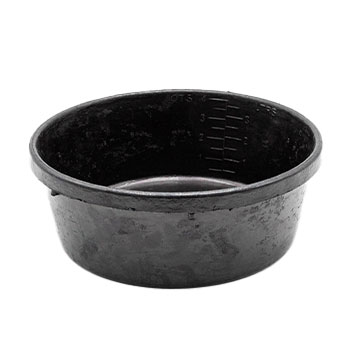
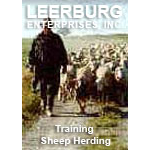

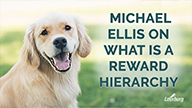
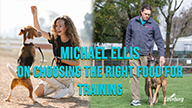
4 Comments
Ask Cindy
Sorry, adding comments is currently disabled.